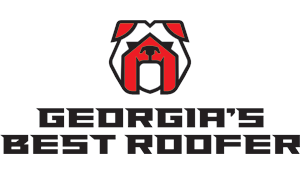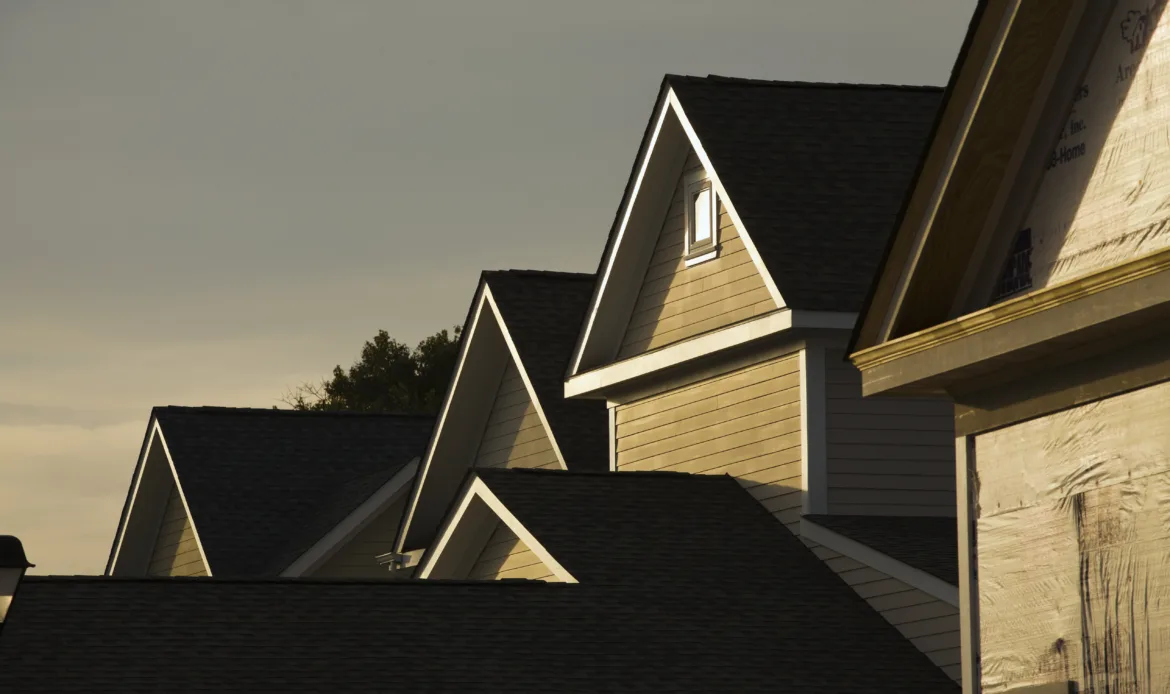Roof ventilation is a crucial, yet often underestimated, component of a healthy and energy-efficient home. Proper ventilation in your attic and roofing system not only helps regulate your home’s temperature but also plays a significant role in extending the life of your roof and improving your indoor air quality. Here’s a detailed look at how roof ventilation impacts both energy efficiency and roof longevity—and why every homeowner should pay attention to it.
How Roof Ventilation Works
Roof ventilation systems are designed to create a continuous flow of air through the attic space. This is typically achieved using a combination of intake vents (located near the eaves or soffits) and exhaust vents (positioned at the roof’s ridge or high points). This setup allows fresh, cool air to enter the attic while warm, moist air is expelled, maintaining a balanced temperature and humidity level throughout the year
Energy Efficiency Benefits
Temperature Regulation: In summer, a well-ventilated attic can be up to 30 degrees cooler than an unventilated one. This keeps your living spaces more comfortable and reduces the workload on your air conditioning system, resulting in lower energy bills.
Reduced Cooling Costs: By expelling hot air, ventilation prevents heat buildup, so your HVAC system doesn’t have to work as hard to keep your home cool. This can decrease energy bills by up to 15% according to the U.S. Department of Energy.
Winter Benefits: In colder months, ventilation helps prevent condensation and ice dam formation, reducing heating expenses and protecting your roof from winter damage.
Insulation Efficiency: Proper airflow keeps insulation dry and effective, further boosting your home’s energy performance.
Roof Longevity and Structural Protection
Beyond energy savings, roof ventilation is vital for the long-term health of your roof:
Moisture Control: Ventilation expels excess moisture, preventing mold, mildew, and rot that can compromise your roof’s structure and shorten its lifespan.
Prevents Material Deterioration: Excess heat and humidity in the attic can cause roofing materials—like shingles and wood decking—to warp, crack, or age prematurely. Good ventilation keeps these materials in optimal condition.
Extends Roof Lifespan: By maintaining stable temperatures and moisture levels, ventilation reduces the risk of costly repairs and extends the overall life of your roofing system.
Prevents Ice Dams: In cold climates, ventilation minimizes the risk of ice dams, which can damage shingles and gutters.
Additional Benefits
Improved Indoor Air Quality: By reducing moisture and preventing mold growth, ventilation contributes to a healthier indoor environment for your family.
Consistent Indoor Comfort: Proper ventilation helps maintain even temperatures throughout your home, eliminating hot or cold spots and improving overall comfort.
Reduced Odors: Good airflow prevents musty odors and the buildup of airborne toxins in your attic and living spaces
Signs of Poor Roof Ventilation
Watch for warning signs that your roof ventilation may need attention, such as overheating or uneven temperatures in your home, especially on upper floors. You might also notice mold growth, musty odors, or visible mildew in the attic. Other indicators include curling, cracking, or prematurely aging shingles, as well as ice dams forming along the roof edge during winter. Additionally, high energy bills with no obvious cause can signal poor ventilation.
How to Ensure Proper Roof Ventilation
To ensure your roof ventilation is effective, schedule regular roof inspections to assess your ventilation system. It’s important to have both intake and exhaust vents for balanced airflow throughout your attic. Keep vents clear of debris and insulation to maintain proper air circulation. Finally, consult with a professional roofer to determine if your attic meets the recommended ventilation ratio, which is typically one square foot of vent area per 300 square feet of attic space.
How to Ensure Proper Roof Ventilation
The role of roof ventilation in energy efficiency and longevity cannot be overstated. It regulates temperature, controls moisture, protects your roofing materials, and helps you save on energy costs year-round. Investing in proper ventilation is essential for a comfortable, healthy, and long-lasting home.




